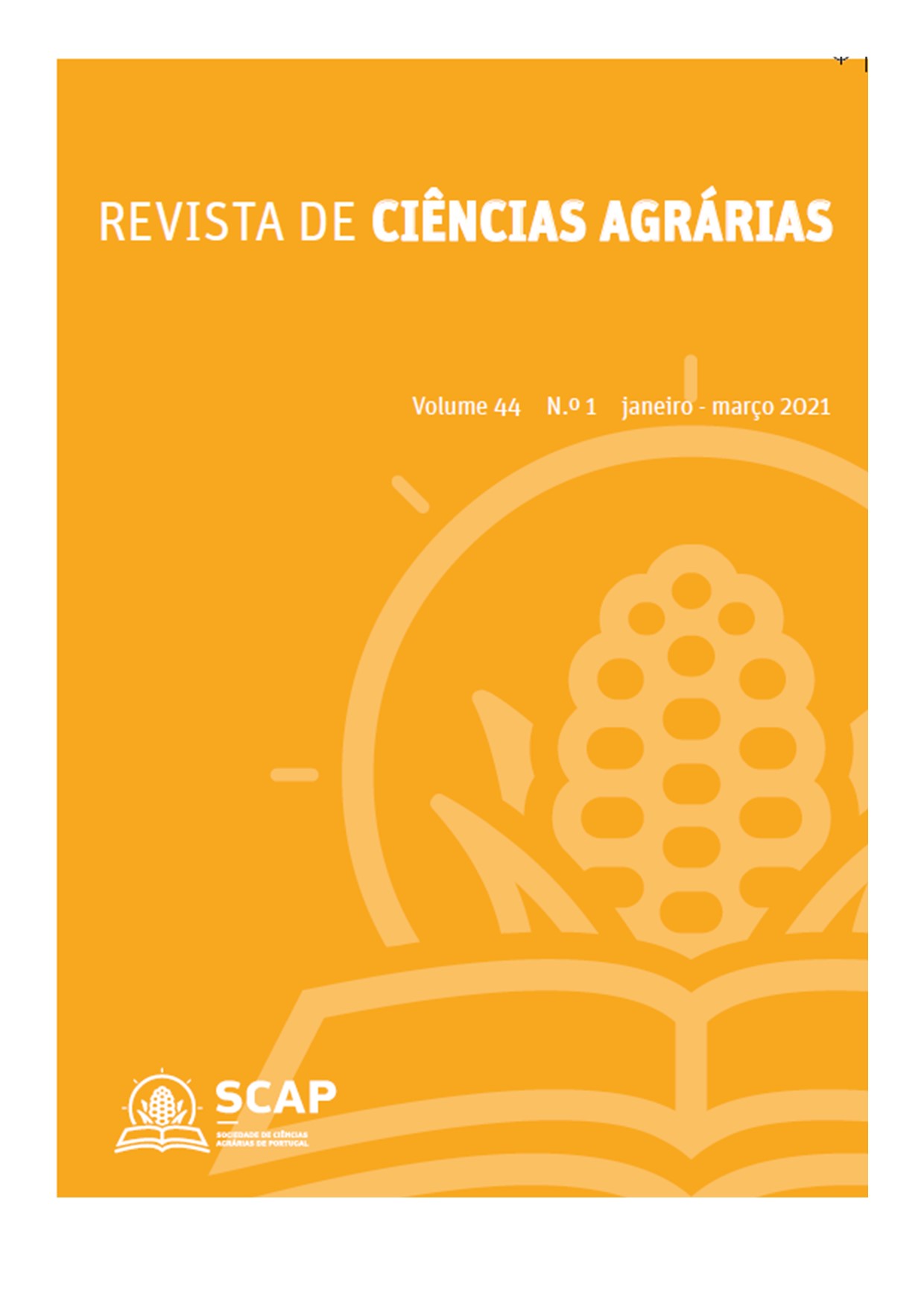Desenvolvimento inicial de plântulas de palma forrageira oriundas da técnica de fracionamento de cladódio
DOI:
https://doi.org/10.19084/rca.20634Abstract
Considering the need to reestablish fields of forage cactus resistant to carmine cochineal, this study aimed to evaluate the propagation method by fractioning of the cladodes of two species of cactus forages (Opuntia stricta L.) Mill cultivar orelha de elefante and (Nopalea cochenillifera Salm Dick) cultivar bahiana. The experiment was carried out at the National Institute for the Semiarid of Brazil. The treatments consisted of the fractions of the cladode upper (Ts), middle (Tm), and lower (Ti). The treatment divisions corresponded to 180 seedlings, being 90 orelha de elefante and 90 Bahiana. The highest dry matter content was observed when they derived at the bottom of the cladode (P> 0.05). N. cochenillifera seedlings accumulated more dry matter than O. Stricta. The median fraction in both species showed a lower sprouting rate. On average, the fractions showed a sprouting percentage above 60%. The number of cladodes produced only showed differences between species for portions of the upper third (P> 0.05). In general, median fractions of the cladode had a lower percentage of rooting than the others evaluated. Fractionation proved to be an easy and efficient technique in the propagation of forage palm resistance to carmine cochineal.
Keywords: Nopolea cochenillifera; Opuntia stricta; Cladodium division; Crop forage.


